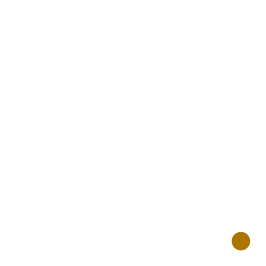Qualified Opportunity Zones
Explore the transformative potential of investing in Qualified Opportunity Zones (QOZs). Discover how you can contribute to America's underserved communities while enjoying significant tax benefits.
What You Need to Know About the Opportunity Zone Program
The Opportunity Zone (OZ) program, introduced in 2017 as part of the Tax Cuts and Jobs Act, is an initiative designed to spur investment in America's underserved communities. By offering enticing tax incentives, the program encourages investors to channel capital into the 8,764 designated low-income neighborhoods across the United States, fostering economic growth and revitalization. These zones were selected based on 2010 census data and are recognized by local governments in partnership with the U.S. Treasury, marking a collaborative effort to uplift areas in need.
How to Invest in Qualified Opportunity Funds
Investing in an Opportunity Zone requires an investment through a Qualified Opportunity Fund (QOF). This is a vehicle established by the OZ program legislation for directing investment into eligible real estate and businesses within these zones. The IRS outlines specific criteria for an entity to certify as a QOF.
Must create an entity and file taxes as a partnership, corporation, or LLC
Be organized under U.S. laws for investing in Qualified Opportunity Zone property
Keep at least 90% of its assets in such property
By meeting these conditions, investors can leverage their taxable gains into meaningful contributions to economic development in underserved areas, while also positioning themselves to benefit from the OZ program's tax benefits.
Tax Advantages
Defer Capital Gains
Eliminate Future Capital Gains
Enhanced Returns
What Are Eligible Proceeds for QOZ Tax Benefits?
Primary and secondary residences
Businesses, machinery, commercial buildings, rental properties
Land, livestock, art, wine, automobiles
Important Deadlines to Remember
180 Days
A taxpayer has 180 days from recognizing a capital gain to invest in a QOF to qualify for tax incentives
10 Years
The investor must hold the interest in the QOF for at least 10 years to qualify for elimination of taxation on gains related to appreciation of the investment
Dec 31, 2026
End of the legislated deferral period (taxes on deferred gains must be paid no later than tax year 2026)
Key Comparison of QOFs vs. 1031 Exchange
There are key differences with investing in a QOF vs. a 1031 exchange.
Dive Deeper Into Our Real Estate Offerings

1031 Exchanges
Discover how to leverage tax-deferred exchanges to enhance your investment portfolio and secure your financial future.

1033 Exchanges
Explore the essential guide to leveraging 1033 Exchanges in real estate. Discover how you can defer taxes and enhance your investment strategy.

Delaware Statutory Trusts
Discover how DSTs can transform your investment strategy, offering a blend of flexibility, diversity, and passive income potential.

Private Real Estate Investments
We collaborate with clients to develop custom portfolios that leverage real estate to mitigate risk, reduce volatility, and increase passive income and growth.
Request Information
For more information on Qualified Opportunity Zones, please complete the form.
